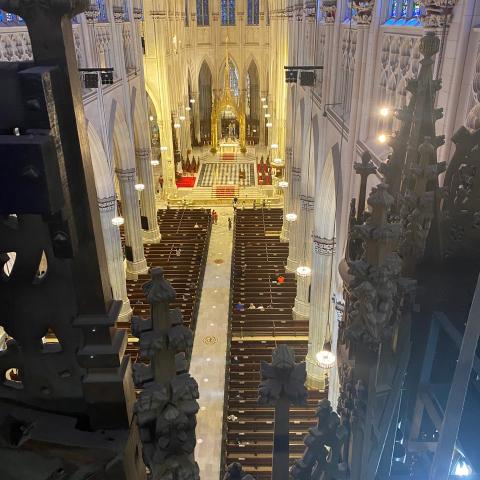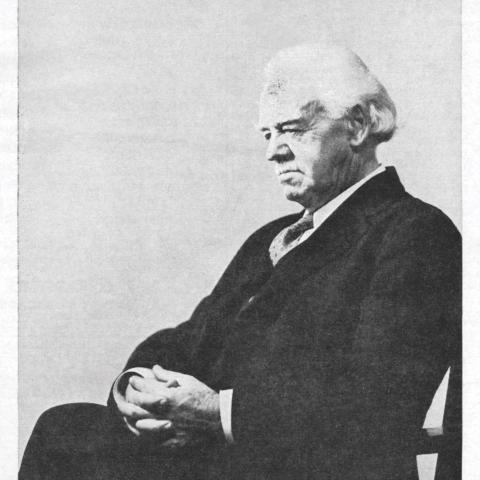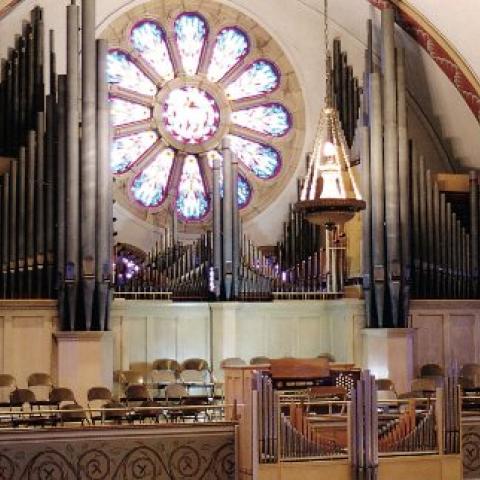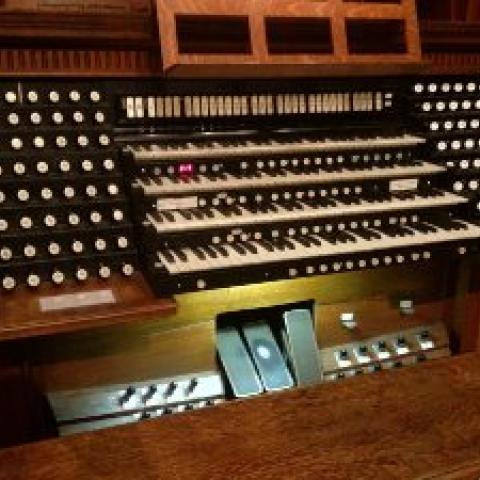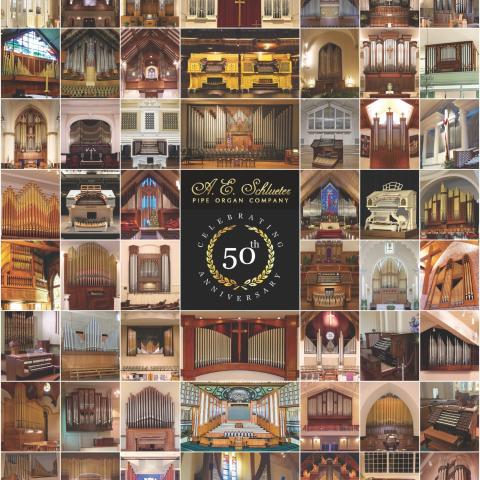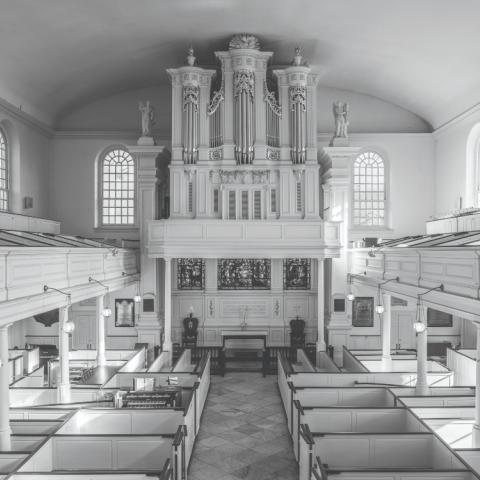
Great Music at St. Bart’s announces events at St. Bartholomew’s Church, New York, New York:
January 23, Clara Gerdes, organ;
February 13, Orchestra Modern;
March 8, Apple Hill String Quartet;
May 7, Juilliard organ students.
The Aeolian-Skinner pipe organ at St. Bart's is the largest in New York City: 5 manuals, 163 stops, 225 ranks, 12,307 pipes. Originally built by the Ernest M. Skinner Company 1918, it has been expanded many times. The last major rebuilding of the organ took place in 1970 and 1971. During the Spring of 2006, a new, movable five-manual and pedal console was installed, custom built by Harris Organs, Inc.
For information: www.mmpaf.org.

